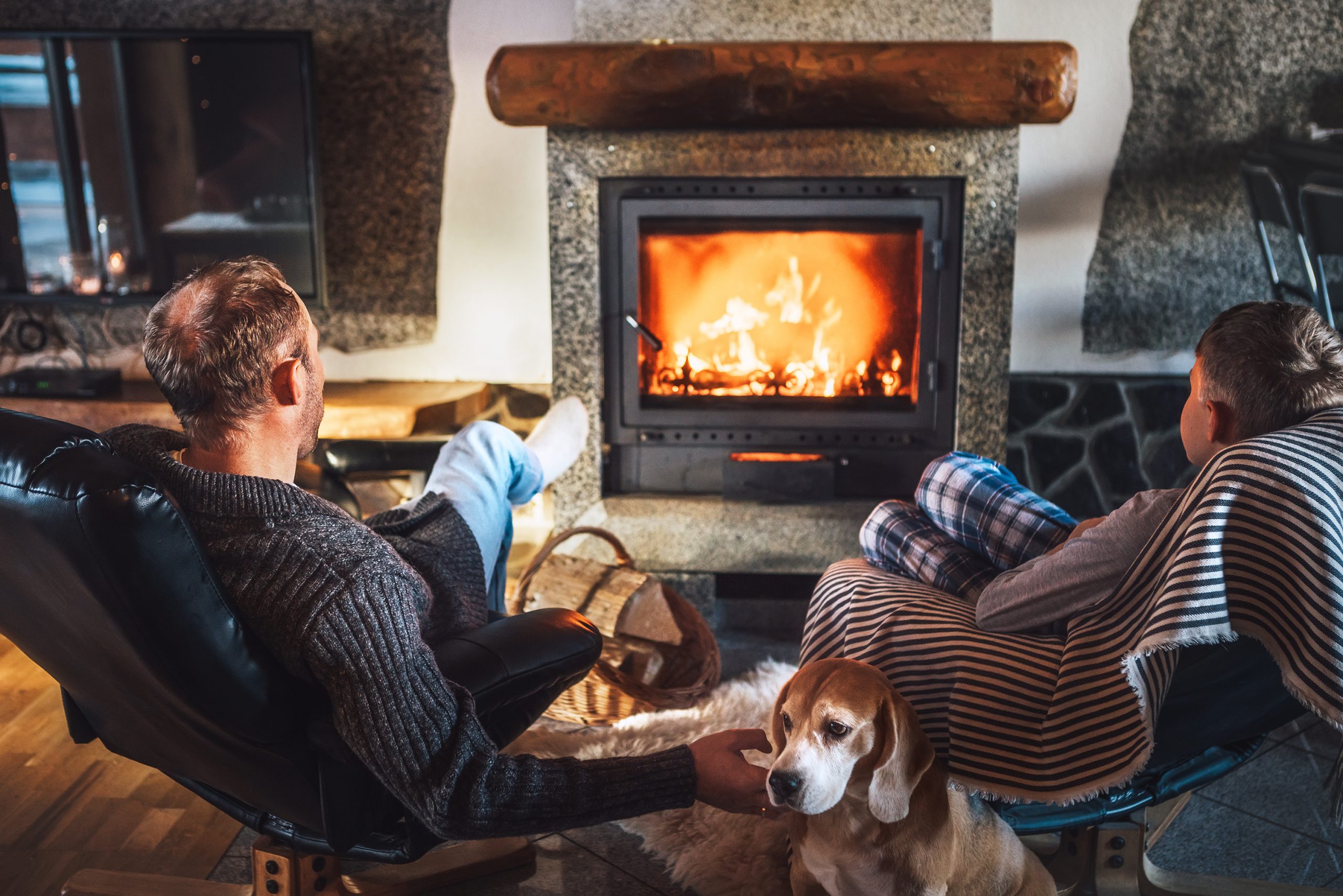
With summer on the doorstop, wood-burning fireplaces and stoves now need some maintenance to ensure home safety.
The Chimney Safety Institute of America (CSIA) advises homeowners to have their chimneys cleaned at least once every year to lessen the risk of unwanted fires as well as carbon monoxide exposure.
Caring for fireplaces now will also help save money and time as chimney servicing professionals are at their busiest in late fall and early winter.
But you can also do some of the work yourself. Use a stiff brush, but never a vacuum, to clean away the dust and ashes. Sprinkling coffee grounds over the area first will help prevent ash clouding up the room.
The brick surrounding open fireplaces can also be scrubbed with a stiff brush and cleaned with a DIY stain remover such as baking soda and water.
Then it’s time to call in a chimney sweep. Unlike the “climbing boys” of old, modern chimney sweeps will wear protective masks and eye goggles
They will use a long wire brush to clean the chimney flue, a seamless channel or liner built inside the chimney to ensure gas from the fire below can safely exit the home.
A blocked or hampered flue, which most often happens due to a creosote build-up, will result in smoke escaping into a home from the front of the fireplace or stove.
Creosote is a toxic, highly combustible, chemical byproduct of burning wood that can become a thick and sticky tar-like substance if not removed when it is still a light and flaky deposit. It is the most common cause of chimney blockages.
Chimney sweeps may also run a camera through the flue to check for cracks or damage.
While animals often find a home inside the flue, a chimney “cap” can prevent such intrusions, as well as that of outside debris and water.
The final task is to close the damper, a small mechanism inside the chimney which controls the flow of air and smoke.
